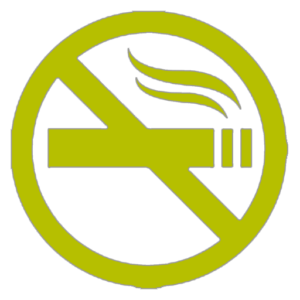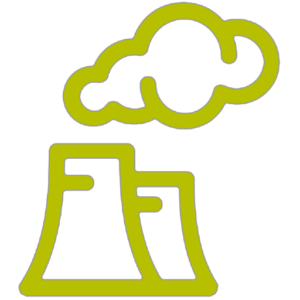Acute sinusitis
What is Acute Sinusitis?
Acute sinusitis is defined as an inflammation of the nose and paranasal sinuses. Characterized by the sudden onset of two or more symptoms, one of which must be nasal blockage / congestion or runny nose (anterior / posterior runny nose, i.e. mucus in the throat), facial pain / pressure, and reduction or loss of smell.
Symptoms prevail for less than 12 weeks
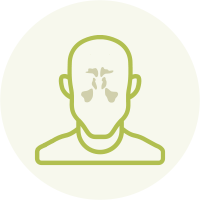
Nasal congestion
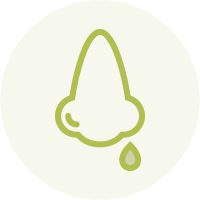
Runny nose
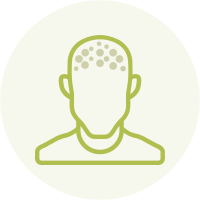
Facial pressure
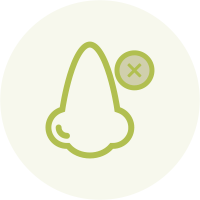
Loss of smell
How is acute sinusitis treated?
The goals of treatment should be symptomatic relief, accelerate remission, and prevent complications.
Acute sinusitis can occur once or more in a defined period of time. This is generally expressed as episodes/year, but with complete resolution of symptoms between episodes.
If you have any questions about the treatment you are receiving or you need advice on acute sinusitis, we offer you a free e-health service where you can make an appointment with our doctor who is an expert in acute sinusitis, where with professionalism and medical rigour, we will help you to obtain effective treatment for this condition.

Complications of acute sinusitis
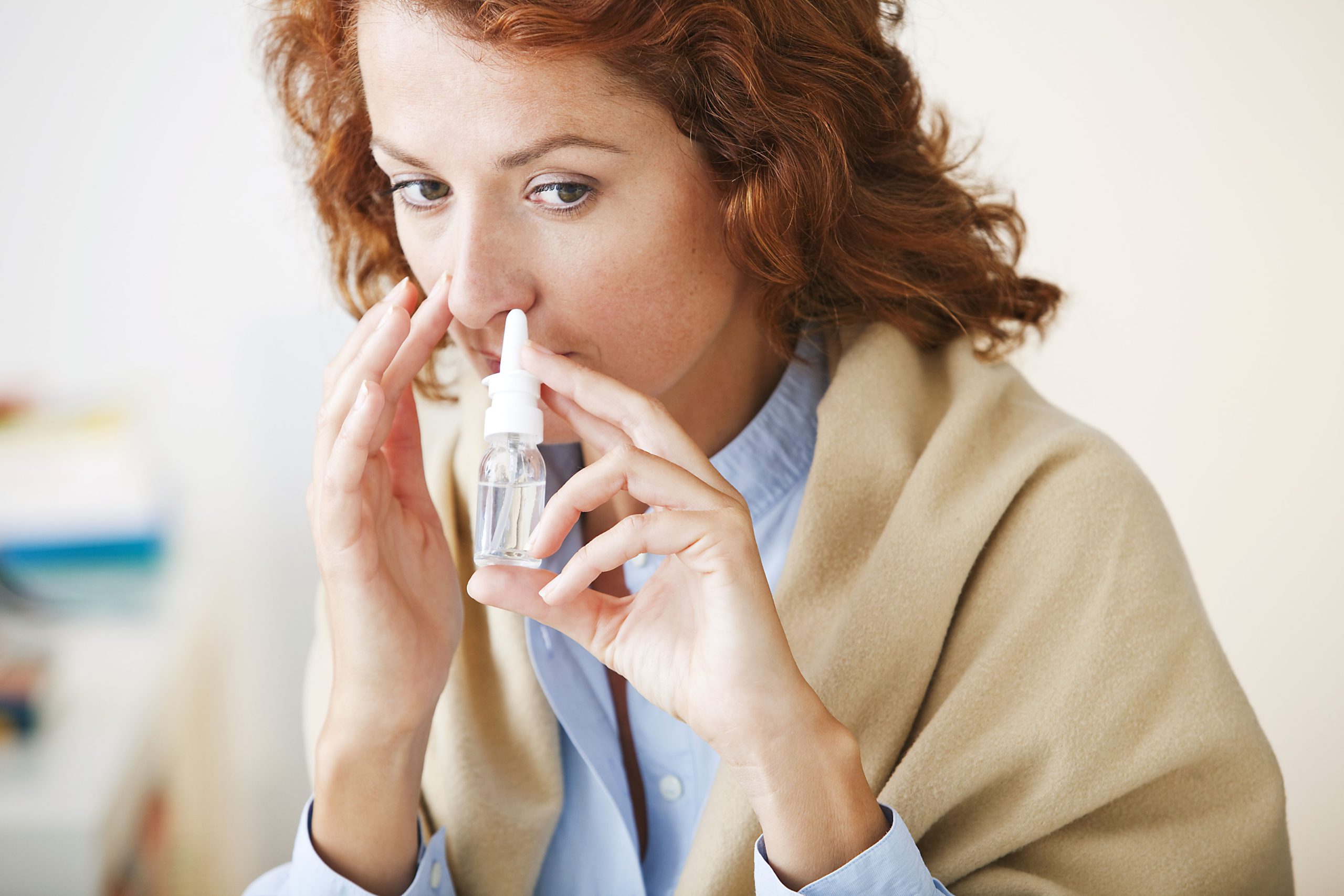
Only 0.5-2% of cases of acute sinusitis are superinfected by a bacterium causing what is called Acute Bacterial Sinusitis (ABS). ABS is suspected when there are the following signs and symptoms:
- Discolored discharge (predominantly unilateral) and purulent discharge
- Severe local pain (predominantly unilateral)
- Fever (> 38 ºC)
- “Double disease” (a deterioration after an initial milder phase of the disease).
Antibiotics are only indicated in a small proportion of patients with ABS.
When more than 4 episodes of acute sinusitis occur per year with symptom-free intervals, it is called Recurrent Acute Sinusitis (RAS).
Complications from acute sinusitis are rare but can be very serious. They occur early in the course of the disease and watch out for danger signs and symptoms:
Fever
Systemic disease
Edema around the eyes and reduced vision
Diagnosis
The diagnosis is suspected by these symptoms and is confirmed by endoscopy and Computed Tomography in which the specialist can see, for example, polyps, mucopurulent discharge, edema of the nasal and paranasal mucosa, changes in the paranasal sinuses or within the ostiomeatal complex (sinus drainage holes).
Acute rhinosinusitis (ARS) has a one-year prevalence of 6-15% and is usually the consequence of a viral common cold* (so it does not require antibiotic treatment).
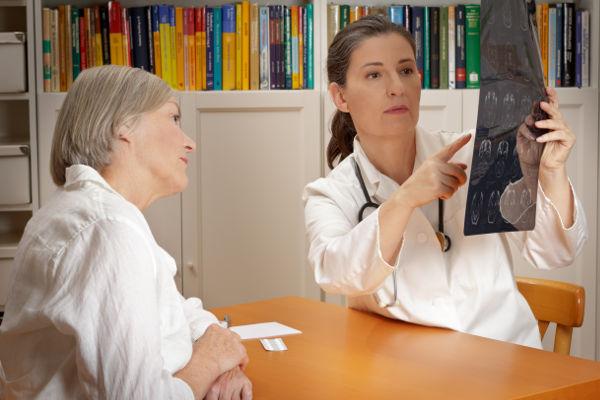
Predisposing factors for acute sinusitis
Frequently asked questions about Acute Sinusitis:
What do the common cold and sinusitis have in common?
The common cold is a viral infectious disease of the upper respiratory tract that affects the nose, paranasal sinuses, pharynx, and larynx. It is very common, is caused by viruses, and can affect people of all ages.
The main symptoms are: nasal congestion, runny nose (runny nose) and headache.
When a cold lasts more than 10 days it is called acute post-viral sinusitis. When symptoms last more than 12 weeks it is called chronic sinusitis.
Should we say sinusitis or rhinosinusitis?
Rhinitis and sinusitis generally coexist and are concurrent in most individuals; therefore the correct terminology is now rhinosinusitis although most people, including doctors, still call it sinusitis.
What are the sinuses and what are they for?
The sinuses are 4 pairs of air-filled spaces found in the bones around the nose. The two frontal sinuses are located just above the eyebrows. The two maxillary sinuses meet at the cheekbones. The two ethmoid sinuses are on either side of the nasal cavity. The two sphenoid sinuses are located behind the ethmoid sinuses.
The paranasal sinuses influence breathing, phonation, heating and humidification of the inspired air and smell.
Should I take antibiotics if I have sinusitis?
No. Although sinusitis is one of the most common causes for the prescription of antibiotics, only a small percentage (0.5-2%) of sinusitis cases are over-infected by bacteria and require antibiotics.
There is no scientific evidence for the use of antibiotics for the common cold or sinusitis. Conversely, there is evidence that antibiotics cause significant adverse effects in adults when given for the common cold and in all ages when given for sinusitis.
The use of antibiotics also does not prevent the appearance of complications of sinusitis.
The proper use of antibiotics is extremely necessary given the global crisis of resistance to these drugs.
What are the sinuses and what are they for?
The sinuses are 4 pairs of air-filled spaces found in the bones around the nose. The two frontal sinuses are located just above the eyebrows. The two maxillary sinuses meet at the cheekbones. The two ethmoid sinuses are on either side of the nasal cavity. The two sphenoid sinuses are located behind the ethmoid sinuses.
The paranasal sinuses influence breathing, phonation, heating and humidification of the inspired air and smell.
Is sinusitis spread?
Sinusitis as such is not contagious, but the virus can be transmitted and this may or may not cause sinusitis to contacts
How do the paranasal sinuses work?
The normal function of the paranasal sinuses depends on three essential components:
- They generate clear mucous secretions,
- The normal functioning of the cycliums (“microscopic hairs”) draw mucus from the sinuses into the nasopharynx.
- They open from the openings (called the sinus ostium) that connect the sinuses with the tubes that direct mucus to the back of the nose (nasopharynx).
These 3 components allow the continuous exit of mucous secretions from the paranasal sinuses into the nasopharynx.
The sinuses are factories of mucus. People are always surprised to hear that the normal nose and sinuses produce about a liter of mucus every day! The mucus produced in the sinuses is propelled by the microvilli (cilia) through the natural sinus openings (ostium) into the nasal cavity. This layer of mucus helps purify, moisten, and warm inspired air. This layer of mucus also traps particles like bacteria and dust from the environment and is imperceptibly ingested every day. The acid found in the stomach destroys these trapped particles and bacteria.
Anything that interferes with one or more of these components of normal sinuses predisposes you to rhinosinusitis. In other words, thick discharge, malfunctioning cilia, or blocked sinus openings (ostiums) can lead to sinus symptoms such as a blocked nose, runny nose, facial pressure / pain, and other symptoms.



